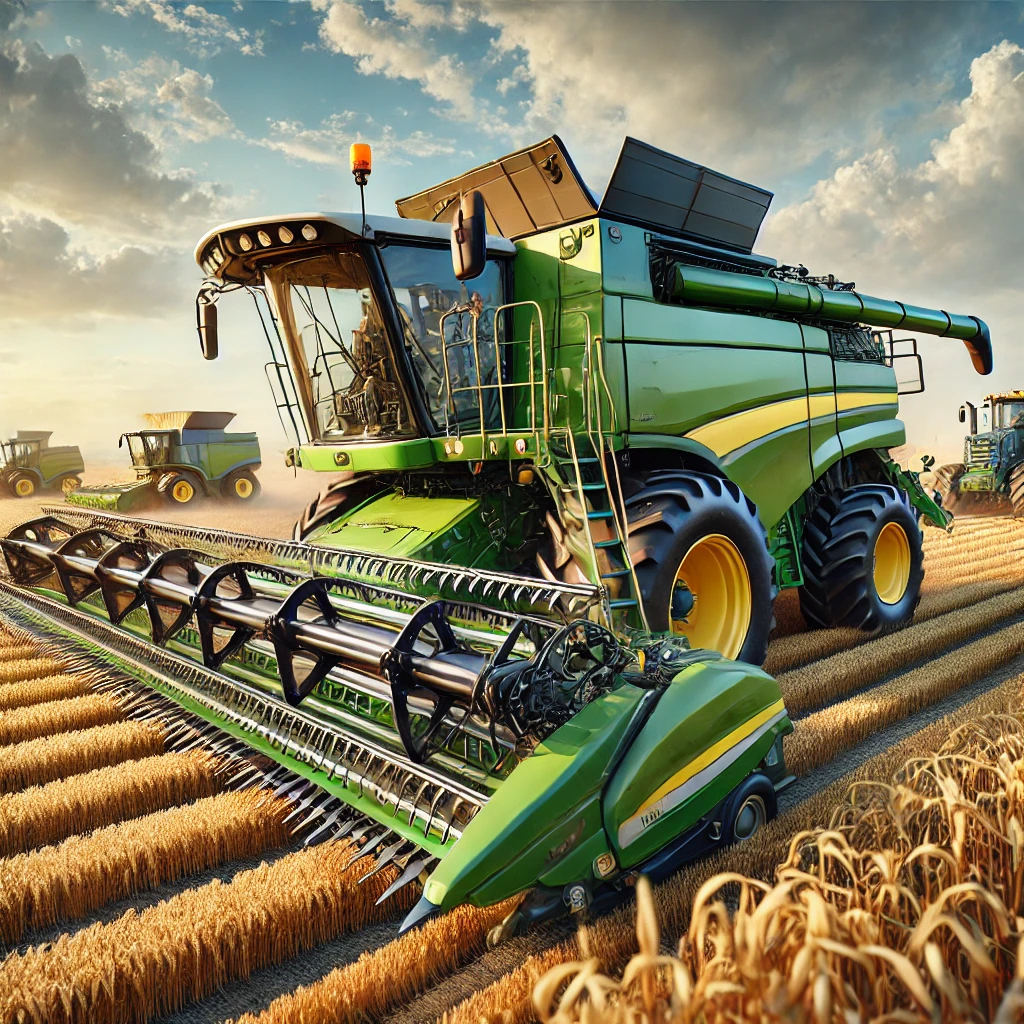Adjusting planter depth for different crops and conditions is a critical aspect of modern agriculture that can significantly impact crop yield and overall farm productivity. Proper planter depth ensures that seeds are placed at the optimal depth for germination and growth, taking into account the specific requirements of each crop and the varying soil conditions. This article will explore the importance of planter depth adjustment, the factors that influence it, and provide practical guidelines for achieving the best results.
Understanding the Importance of Planter Depth
Planter depth is a key factor in the successful establishment of crops. The depth at which seeds are planted affects their access to moisture, temperature, and nutrients, all of which are crucial for germination and early growth. Planting too shallow can expose seeds to adverse environmental conditions, while planting too deep can delay emergence and reduce seedling vigor.
Impact on Germination and Emergence
Germination is the process by which a seed develops into a new plant. For successful germination, seeds need to be placed at a depth where they can access sufficient moisture and warmth. If seeds are planted too shallow, they may dry out quickly or be exposed to temperature fluctuations, leading to poor germination rates. Conversely, if seeds are planted too deep, they may struggle to reach the soil surface, resulting in delayed emergence and weaker seedlings.
Soil Conditions and Seed Placement
Soil conditions play a significant role in determining the optimal planter depth. Factors such as soil texture, moisture content, and compaction can influence how deep seeds should be planted. For example, in sandy soils, which tend to dry out quickly, seeds may need to be planted deeper to access moisture. In contrast, in heavy clay soils, planting too deep can lead to poor aeration and waterlogging, which can hinder seedling growth.
Factors Influencing Planter Depth Adjustment
Several factors must be considered when adjusting planter depth for different crops and conditions. These include the type of crop being planted, soil moisture levels, soil temperature, and the specific characteristics of the planting equipment being used.
Crop-Specific Requirements
Different crops have varying requirements for planter depth. For instance, corn typically requires a planting depth of 1.5 to 2 inches, while soybeans are often planted at a depth of 1 to 1.5 inches. Understanding the specific needs of each crop is essential for optimizing planter depth and ensuring successful establishment.
Soil Moisture and Temperature
Soil moisture and temperature are critical factors that influence seed germination and early growth. In dry conditions, seeds may need to be planted deeper to access moisture, while in wet conditions, shallower planting may be necessary to prevent waterlogging. Soil temperature also affects germination rates, with warmer soils generally promoting faster germination. Adjusting planter depth to account for these factors can help ensure optimal seed placement.
Planting Equipment and Technology
Modern planting equipment is equipped with various features that allow for precise depth adjustment. These include adjustable depth wheels, hydraulic downforce systems, and advanced monitoring technology. Understanding how to use these features effectively can help farmers achieve the desired planter depth for different crops and conditions.
Practical Guidelines for Adjusting Planter Depth
To achieve the best results when adjusting planter depth, farmers should follow a series of practical guidelines. These include conducting soil tests, calibrating planting equipment, and monitoring field conditions throughout the planting season.
Conducting Soil Tests
Soil tests provide valuable information about soil texture, moisture content, and nutrient levels. By conducting soil tests before planting, farmers can determine the optimal planter depth for their specific soil conditions. Soil tests can also help identify any potential issues, such as compaction or poor drainage, that may need to be addressed before planting.
Calibrating Planting Equipment
Proper calibration of planting equipment is essential for achieving accurate planter depth. This involves adjusting the depth wheels, downforce settings, and seed meters to ensure consistent seed placement. Regular calibration and maintenance of planting equipment can help prevent issues such as uneven seed depth and poor seed-to-soil contact.
Monitoring Field Conditions
Field conditions can change rapidly during the planting season, so it is important to monitor soil moisture, temperature, and weather forecasts regularly. By staying informed about field conditions, farmers can make timely adjustments to planter depth as needed. This may involve increasing or decreasing planting depth based on changes in soil moisture or temperature.
Conclusion
Adjusting planter depth for different crops and conditions is a critical practice that can significantly impact crop yield and farm productivity. By understanding the importance of planter depth, considering the factors that influence it, and following practical guidelines for adjustment, farmers can optimize seed placement and ensure successful crop establishment. With the right knowledge and tools, achieving the ideal planter depth for each crop and condition is within reach, leading to healthier plants and higher yields.
